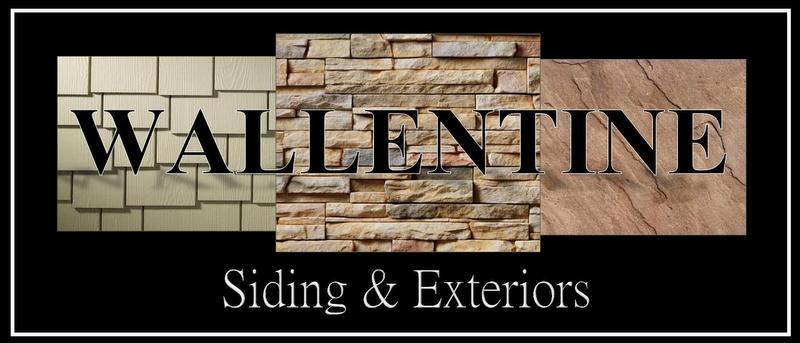Tyvek is the house wrap that protects your home from wind and moisture, but not every installer knows the ins and outs of how to wrap a house with Tyvek in Provo. Although the concept is straightforward, an untrained installer might commit one of several mistakes in the process of installing house wrap, mistakes that can undermine the effectiveness of the house wrap and make it perform less well than the manufacturer intends.
How to Wrap a House with Tyvek in Provo
If you don’t know how to wrap a house with Tyvek in Provo, you might not be aware that DuPont, the maker of Tyvek house wrap, has a very specific training process to ensure that the house wrap functions to specifications. In fact, DuPont certifies installers in those methods, and finding a certified installer gives you a warranty that DuPont backs. If you have your Tyvek installed by someone who is not certified and trained, the warranty is not in full force.
One of the big issues in knowing how to wrap a house with Tyvek in Provo is understanding how the overlap has to lie in order to channel exterior moisture away from the interior walls. Something as simple as overlapping in the right direction can make a huge difference in Tyvek’s role as a moisture barrier, and in preventing mold and mildew in your walls.
Another factor many untrained installers don’t understand is how to work window flashing and Tyvek house wrap to make sure you get no leakage around your windows inside your walls. Many people, when remodeling, discover that they have mold in their walls near the windows because the vapor barrier and window flashing were not installed correctly. When done right, these two barriers keep your windows and your walls dry.
To ensure a weather-tight home, hire only DuPont certified Tyvek installers and rest assured.

Recent Comments